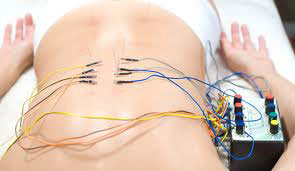Electrical stimulation is very effective in pain relief for muscle spasms and neurological disorders. Electrotherapy can also work very well for treating rheumatic and arthritic conditions, channel stagnation, skin conditions such as acne, renal colic, and acute nausea caused by cancer medications. It can be also an effective treatment for heart disease, hypertension, nausea, or weight gain.
